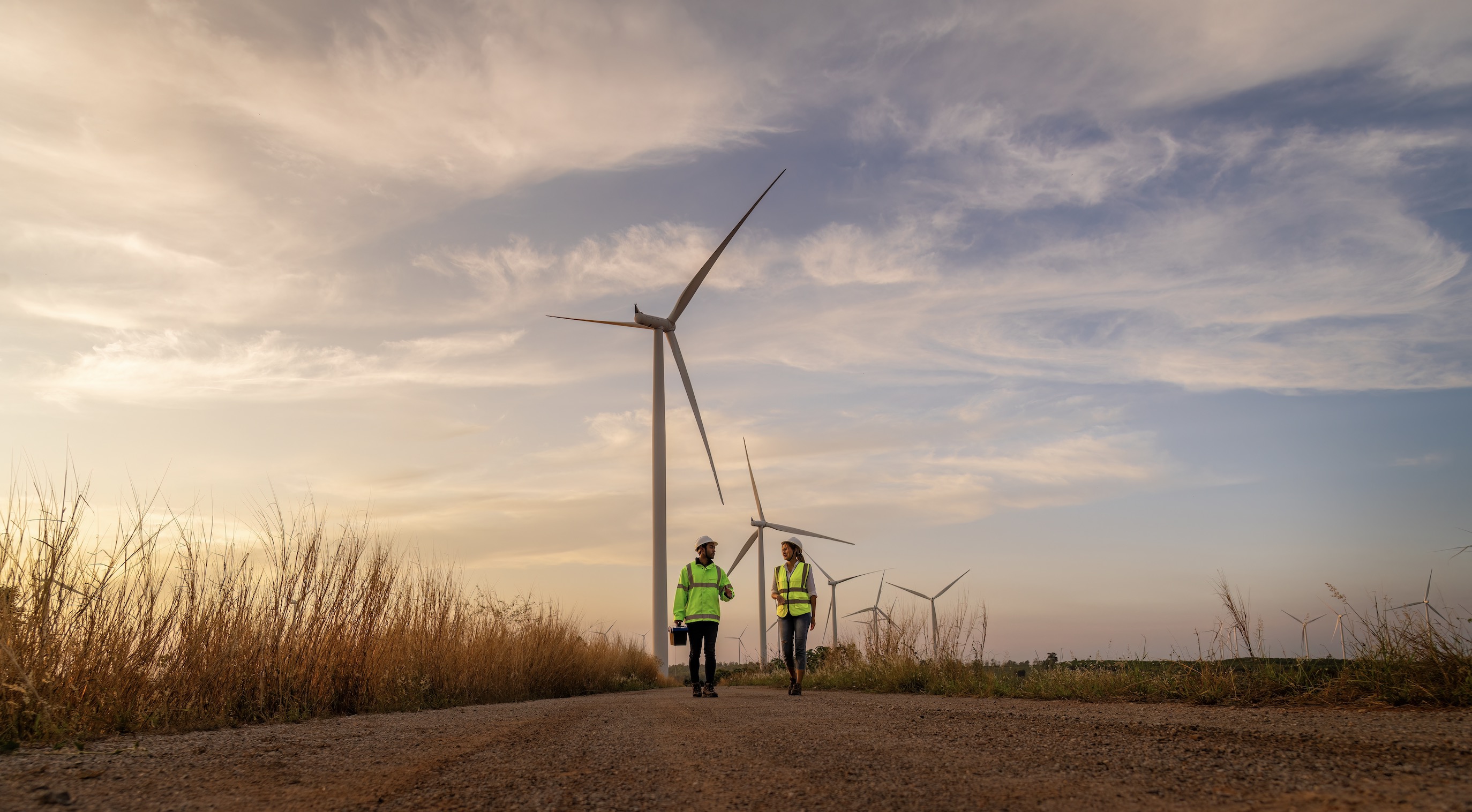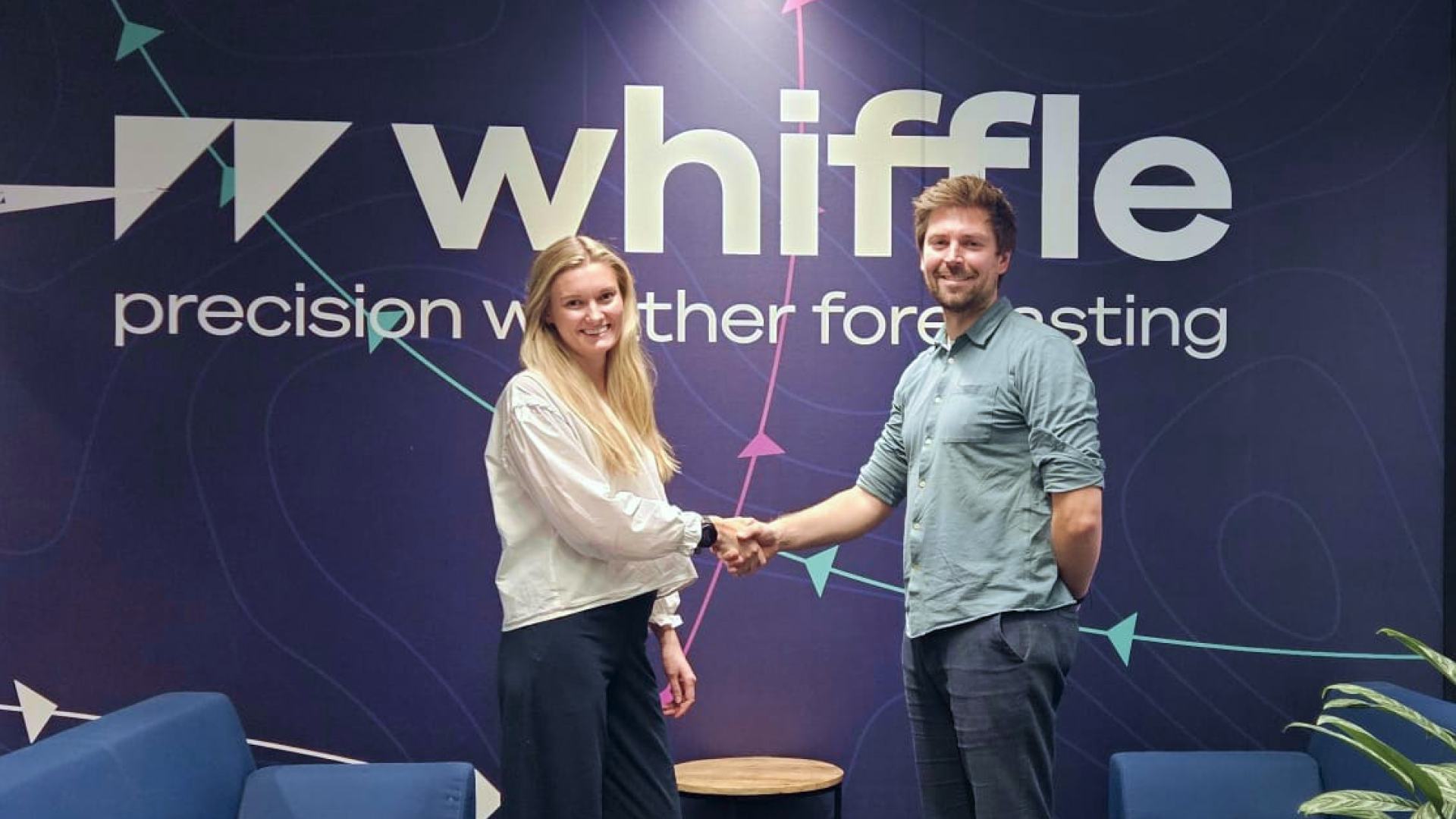News
Jan De Nul expands activities in Taiwan with new contract for subsea energy cables
Published in: Wind, Press Releases
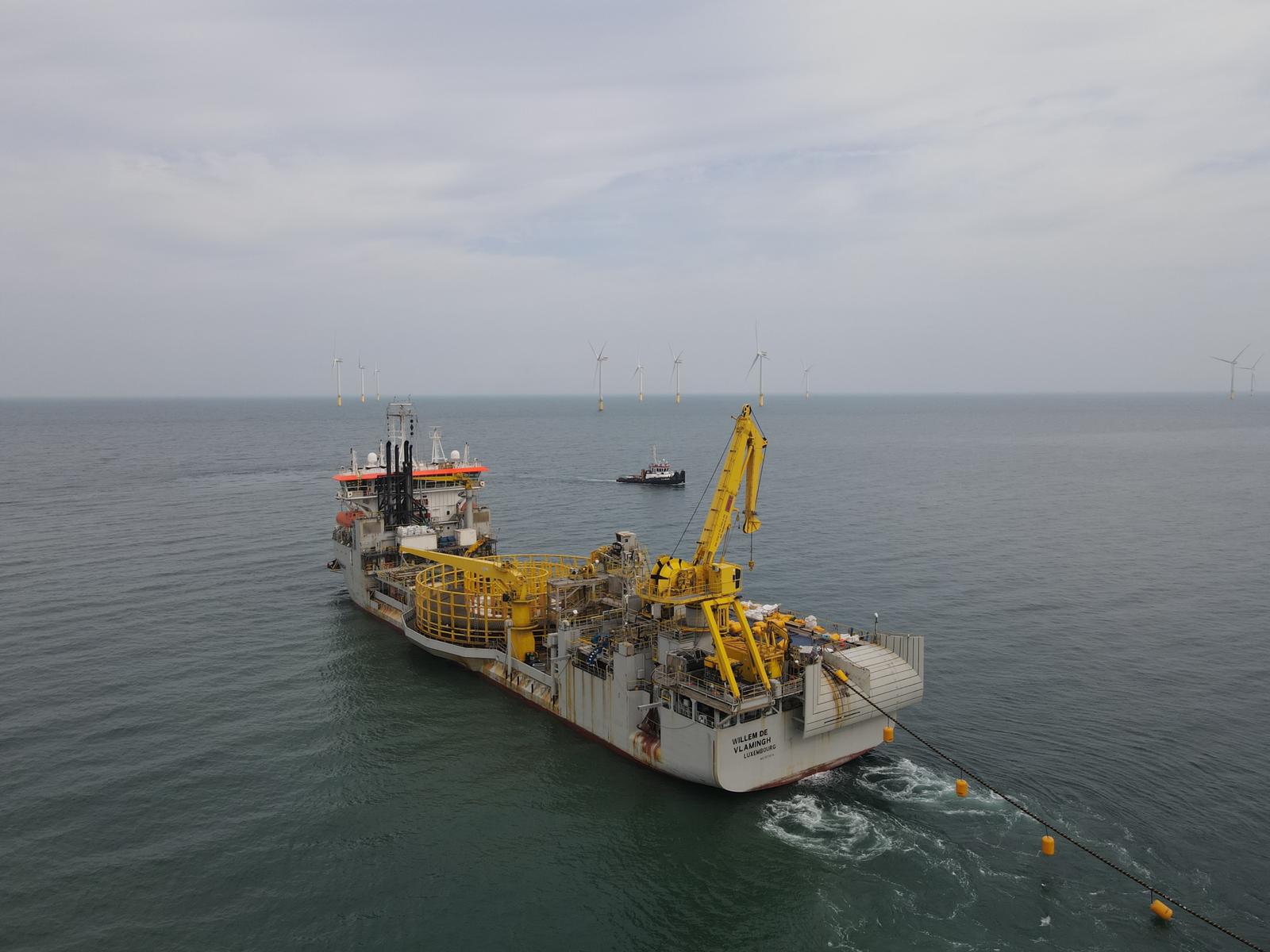
- Jan De Nul will install subsea energy cables for the Taiwanese wind farm Formosa 4, scheduled for 2026 and 2027.
- The company was also appointed as the preferred contractor to install export cables for Formosa 6.
- In less than a decade, Taiwan has built a capacity for offshore wind energy of more than three gigawatts.
Jan De Nul signed a contract with Synera Renewable Energy (SRE) for the installation of export cables on the Taiwanese wind farm Formosa 4. To bring the green energy ashore, Jan De Nul will transport, install and protect 60 kilometres of subsea cables. 55 kilometres southwest of Formosa 4, the company was also selected as the preferred contractor for export cables on SRE’s wind farm Formosa 6.
In less than a decade, Taiwan has built over three gigawatts of offshore wind capacity, generated by 374 wind turbines[1]. This puts them in seventh place worldwide.[2] With the projects currently under construction, they are expected to hop over Belgium into sixth place this year. By 2030, Taiwan hopes to exceed a capacity of 13 gigawatts[3].
Jan De Nul has been active in Taiwan since 1990 and has contributed to the development of offshore wind energy from its start in 2017.
Wouter Vermeersch, Director Subsea Cables Offshore Energy at Jan De Nul:
“We have successfully delivered several fully operational wind farms through large EPCI contracts, which means that we take on the entire project, from design and procurement to construction and installation. In addition, we have supported almost all of Taiwan’s wind farm developments with a wide range of transport and installation solutions, including pre-sweep operations, subsea rock installation, and cable laying services. We have been at the forefront in supporting Taiwan towards its pathway to net-zero emissions in 2050.”
Green energy for half a million households
Among the projects shaping Taiwan’s ambitions is the Formosa 4 wind farm, situated 20 kilometres off Miaoli County’s coast. Thirty-five turbines will generate a capacity of 495 megawatts, providing green energy to about half a million households. To bring this energy ashore, Jan De Nul will transport, install and protect 60 kilometres of subsea HVAC cables. The works will start in 2026 and continue in 2027. The company will deploy its cable-laying vessel Willem de Vlamingh.
Wouter Vermeersch: “With this new contract for Formosa 4 and our appointment as preferred contractor for Formosa 6, we continue our journey in Taiwan. And there is more. We are currently installing cables for the Greater Changhua 2b & 4 offshore wind farms, and we are preparing the installation of export cables for Fengmiao 1 in 2026. This provides us with a continuous project portfolio outlook in Taiwan through 2028.”
Trade between Belgium and Taiwan doubles
This new contract comes shortly after the company received an award from the Belgian Embassy in Taiwan, highlighting its long-standing commitment to the development of offshore wind energy. Cooperation between Belgium and Taiwan has been on the rise for a number of years. According to the Belgian Embassy in Taipei, it has more than doubled between 2020 and 2025.
[1] Prospects for wind energy in 2025 - Prospects for wind energy in 2025
[1] Global Offshore Wind Report 2024_Without foreword
[1] https://www.cca.gov.tw/en/climatetalks/net-zero-roadmap/1891.html
About Jan De Nul
Jan De Nul shapes water, land and energy around the world, addressing some of the most important challenges of our time. From the rising sea level to the energy transition, from polluted soil to sustainable construction: we engineer solutions that future-proof our world, known for their complexity and high stakes. Our Can-Do people focus on four areas of expertise: Offshore Energy, Dredging Solutions, Construction Projects and Planet Redevelopment. Together, we all work towards one shared goal: to improve the global quality of life for generations to come.
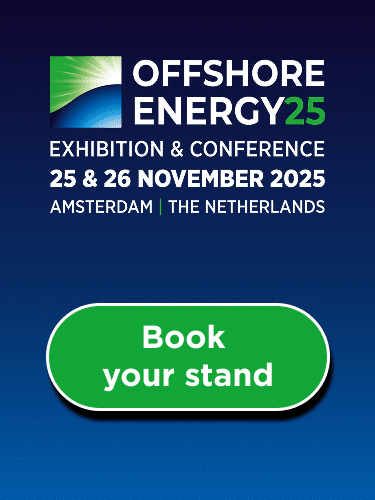
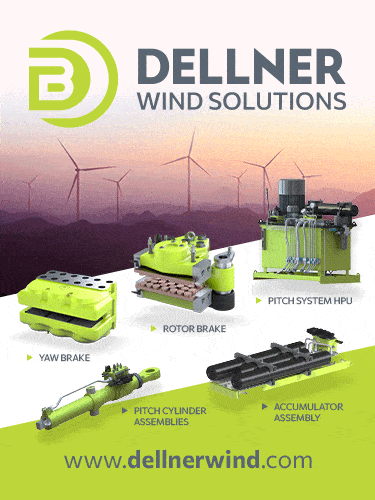
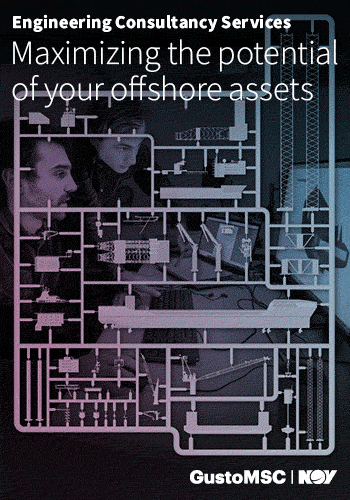
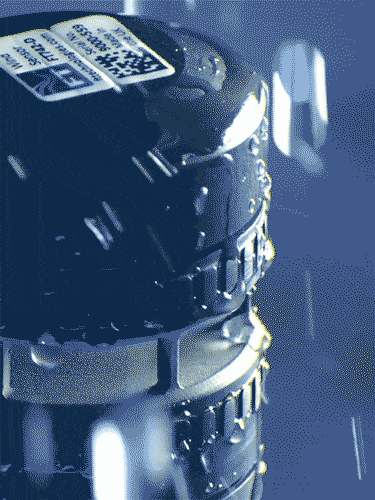
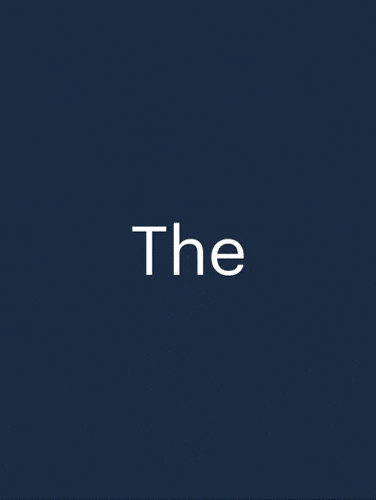



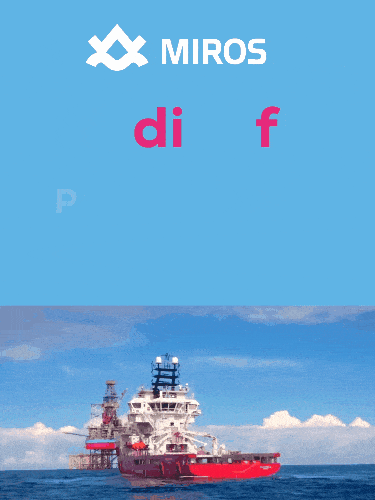
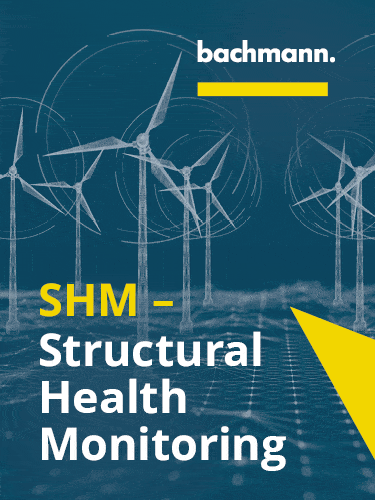
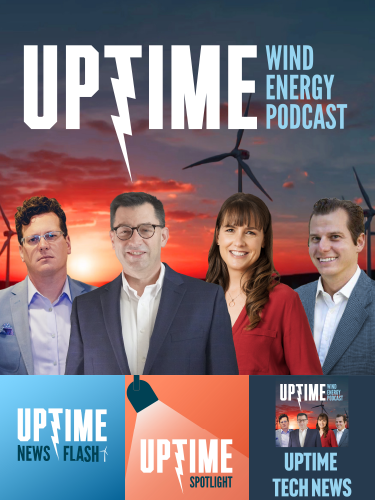
.gif)
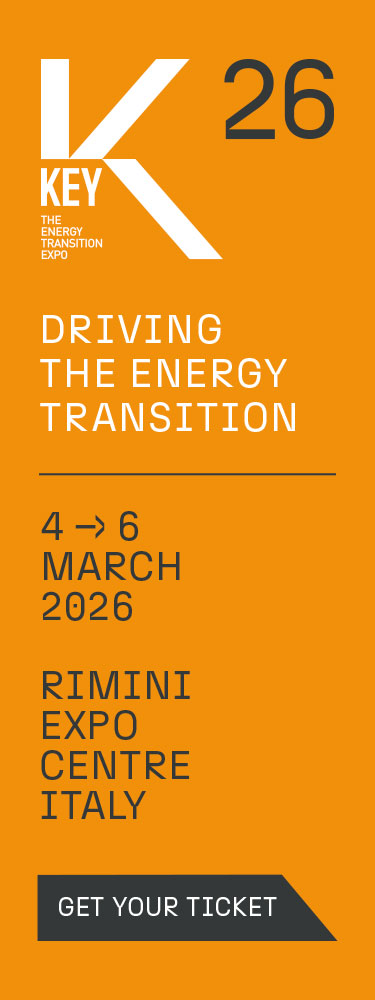
-Nov-07-2025-10-03-51-4417-AM.jpg)
_Bo%C5%A1tjan%20Krape%C5%BE%20(right).png)
